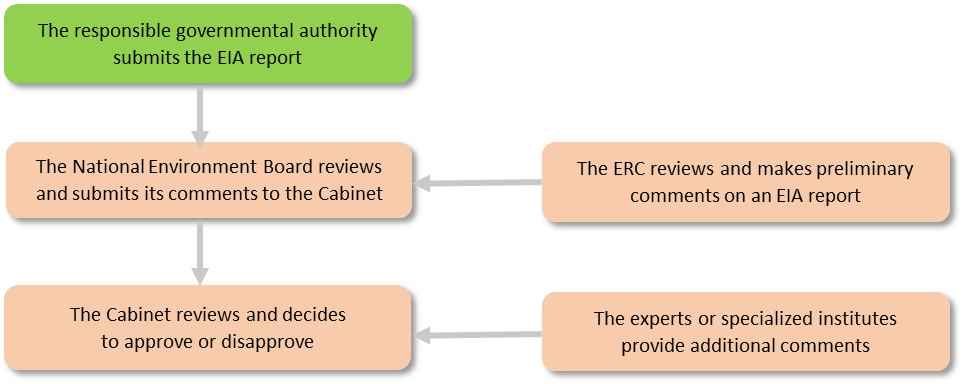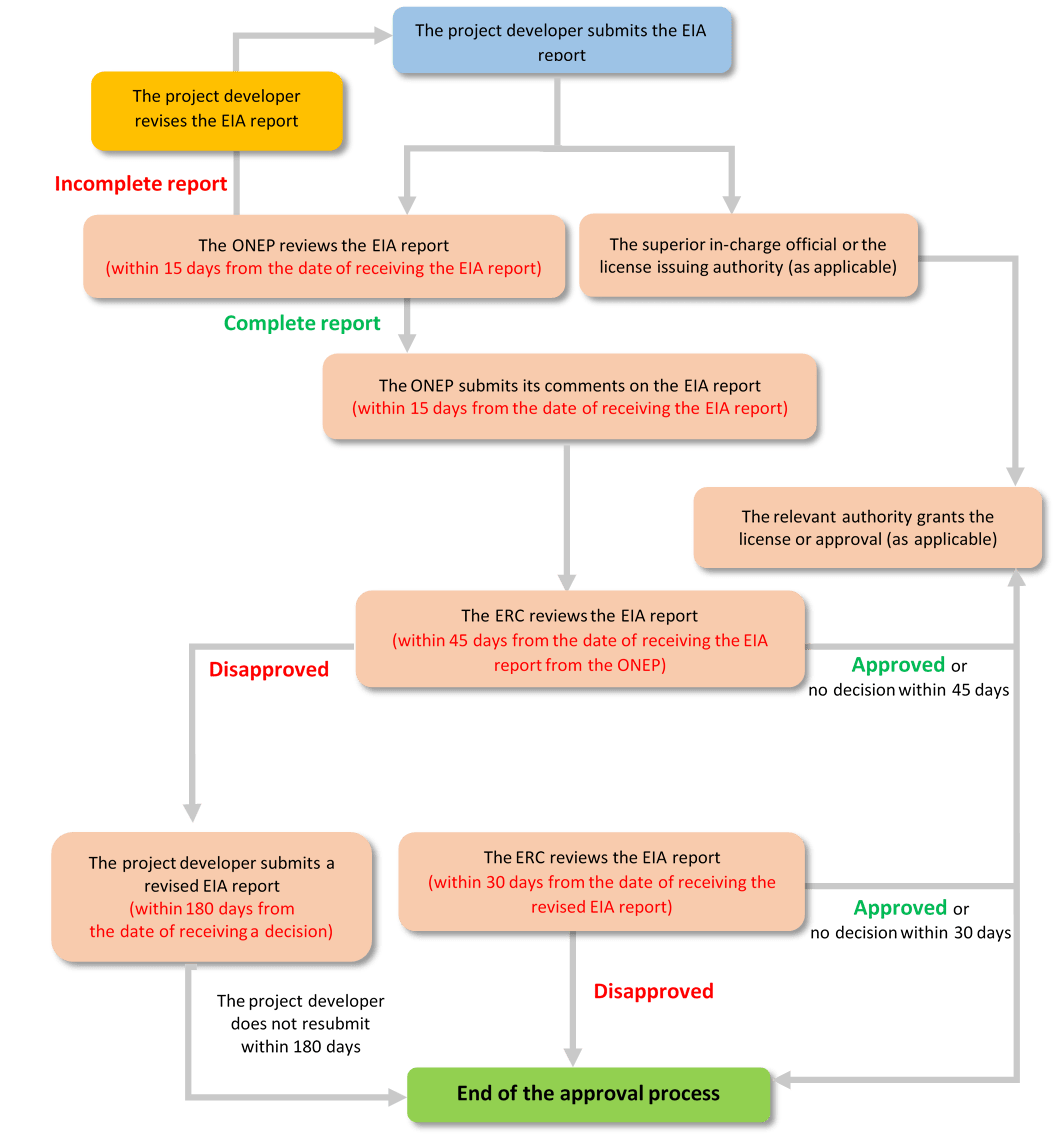Overview of the Environmental Impact Assessment in Thailand
August, 2021 - Mayuree Sapsutthiporn, Chayakorn Boonsri
In Thailand, each year, there are many projects developed by project developers, both governmental authorities and private entities. Before starting to develop a project, each project developer should not only be aware of commercial factors, but also be aware of the environmental factors of the project. One of the main environmental factors to be considered before starting the construction or operation of a project is the completion of an environmental impact assessment (“EIA“).
The EIA is a study and assessment, with public participation, to (i) forecast both negative and positive environmental effects on nearby environment of a project, and (ii) establish appropriate mitigation measures for those effects. The EIA requirement is to ensure that project developers consider the environmental effects as much as the benefits of a project.
In Thailand, an EIA is regulated by the Office of Natural Resources and Environmental Policy and Planning (the “ONEP”). The requirements, regulations and conditions relating to the EIA are mainly specified under (i) the Enhancement and Conservation of National Environmental Quality Act (the “Environment Act”), and (ii) the Notification of the Ministry of Natural Resources and Environment on Projects, Undertakings, or Operations Required to Provide an Environmental Impact Assessment Report and Rules, Procedure, and Conditions in Providing an Environmental Impact Assessment Report (the “MNRE Notification”).
The ONEP does not require every project to conduct an EIA. Under the MNRE Notification, only certain projects whose types and sizes are stipulated therein must conduct an EIA, e.g., a hotel with at least 80 rooms or at least 4,000 square meters of utility area, a condominium with at least 80 units or at least 4,000 square meters of utility area and a coal power plant with a capacity of at least 10 MW. This requirement of an EIA is because those projects are likely to have significant effects on their nearby environment.
The EIA must be conducted by a person who obtains a license to conduct the EIA issued by the ONEP (the “EIA Licensee”). The EIA Licensee will conduct the EIA and prepare the EIA report. The EIA report mainly includes the following topics:
-
-
- details of the project;
-
-
-
- current conditions of nearby environment;
-
-
-
- potential effects on nearby environment;
-
-
-
- public participation;
-
-
-
- mitigation measures for potential effects; and
-
-
-
- monitoring program.
- monitoring program.
-
Process and Timeline for the Submission of the EIA Report
The process and timeline for the submission of the EIA report for each project is different, depending on the type of project categorized under the Environment Act and the MNRE Notification, which are:
-
-
- project developed by a governmental authority or jointly developed by a governmental authority and a private entity, which requires an approval from the Cabinet (the “Cabinet Approval-Required Project”);
- project developed by a governmental authority or jointly developed by a governmental authority and a private entity, which requires an approval from the Cabinet (the “Cabinet Approval-Required Project”);
-
- project developed by a governmental authority, which does not require an approval from the Cabinet or any license for the operation (the “Governmental Project”); and
- project developed by a private entity (the “Private Project”).
- project developed by a governmental authority, which does not require an approval from the Cabinet or any license for the operation (the “Governmental Project”); and
-
Set out below is a summary of the timing and relevant authorities for the submission for approval of the EIA.
| Project | Timing of the submission of the EIA report | Authority who receives the EIA report | Approving Authority |
|---|---|---|---|
| The Cabinet Approval-Required Project | Before applying for the Project approval from the Cabinet | The National Environment Board | The Cabinet |
| The Governmental Project | During the procedure for approval of the Project and budget | The superior in-charge official and the ONEP | The Expert Review Committee appointed by the National Environment Board (the “ERC”) |
| The Private Project | Depends on the type of each Private Project as listed under the MNRE Notification, e.g., during the application for a construction permit | The license issuing authority and the ONEP | The ERC |
Process of the Cabinet Approval-Required Project

Process and timeline of the Governmental Project and the Private Project

About Us
Project Development Practice Group
We understand that our clients are wary of the risks associated with investing in major projects development in Thailand and the region. With the knowledge and experience we have gained throughout the years including our strong relationship with Thailand’s Board of Investment, Eastern Economic Corridor Office of Thailand and Office of Natural Resources and Environmental Policy and Planning, our team is capable of helping our clients understand while there are risks, there are also tremendous opportunities associated with these projects. We continue to act for many leading project developers in Thailand and our clients include builders, operators, trade players, financial investors (including private equity), funds (including sovereign wealth funds), equipment suppliers and lenders.
Authors

Mayuree Sapsutthiporn
Partner
[email protected]

Chayakorn Boonsri
Associate
[email protected]
The post Overview of the Environmental Impact Assessment in Thailand appeared first on Kudun.
Link to article


 Post a comment
Post a comment Print article
Print article

